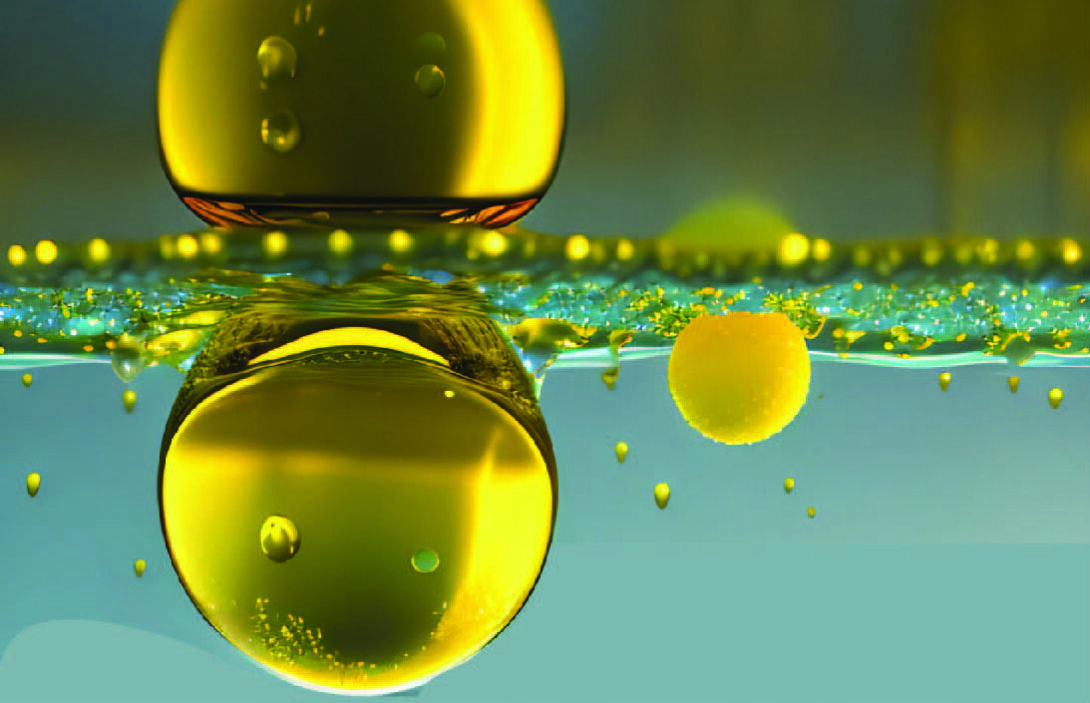Paper demonstrates new method for nanoscale emulsions

Products that are created using emulsions are in our lives more than most people may realize. They are used in cosmetics, food products, drug delivery, and much more.
Emulsions, the mixing of two immiscible liquids like oil and water, play a crucial role in numerous billion-dollar industries.
MIE Associate Professor Sushant Anand has been spearheading a new technique for emulsion formation by condensing vapor on liquids and has made significant strides in its development.
The results of their research were recently published in the journal Advanced Science in an article titled “Continuous Synthesis of Nanoscale Emulsions by Vapor Condensation (EVC).”
“It’s a technique that promises to revolutionize the production of everything from pharmaceuticals to cosmetics,” said Anand, director of the Anand Research Group at UIC. “The new method, unlike traditional approaches, allows for the efficient and scalable synthesis of these emulsions, potentially transforming manufacturing processes across a wide range of sectors.”
The unique technique focuses on condensing vapor onto free-flowing surfactant solutions to produce tiny, uniform droplets that form stable emulsions, which can be applied to water-in-oil and oil-in-water emulsions.
“The research team successfully demonstrated the versatility of this method by using a variety of substances, including esters, terpenes, aromatic hydrocarbons, and alkanes, showcasing its potential for wide industrial use,” he said.
The two main benefits of the new method are energy efficiency and the ability to adapt to demands from operating at lower temperatures. Other methods often generate high temperatures and pressures that can damage sensitive biomolecules.
“This gentle process not only preserves the integrity of delicate compounds, but it also opens up new possibilities for creating emulsions with complex compositions and specialized applications,” Anand said.
The discovery shows how the concentration of surfactants affects the spreading of oil, self-emulsification, and the formation of stable emulsified droplets. This observation is crucial for refining the technique and enhancing the production of emulsions with the desired characteristics.
The researchers’ next step includes vaporizing different oils and incorporating functional additives without compromising their efficiency.
“This new method represents a significant leap forward in emulsion technology, offering a more sustainable and versatile approach to producing nanoscale emulsions,” Anand said.